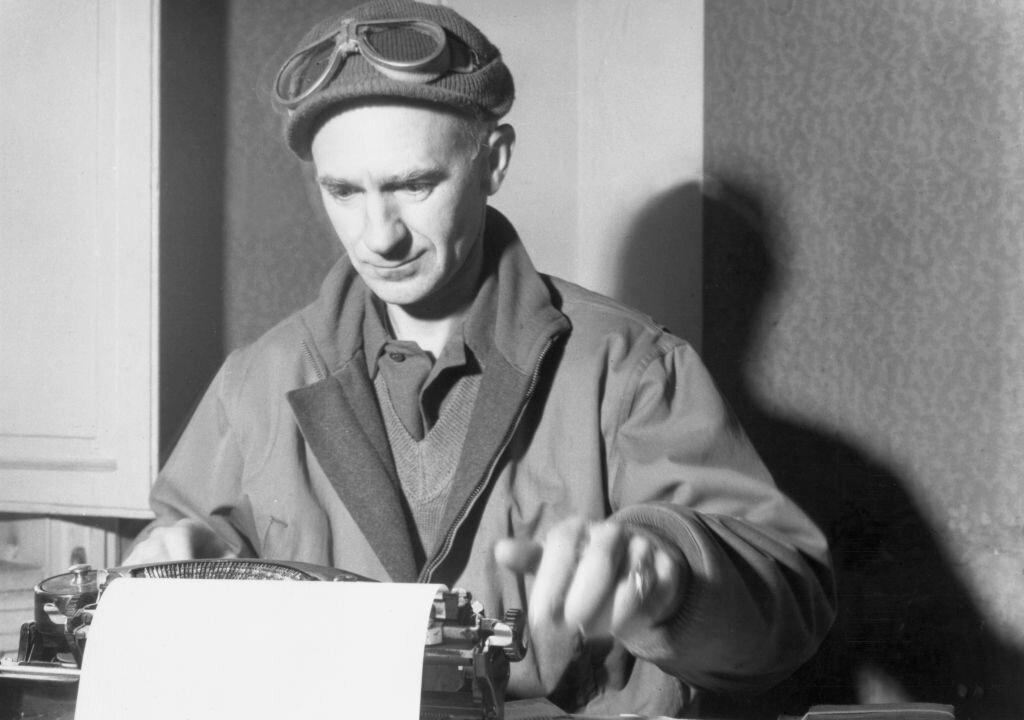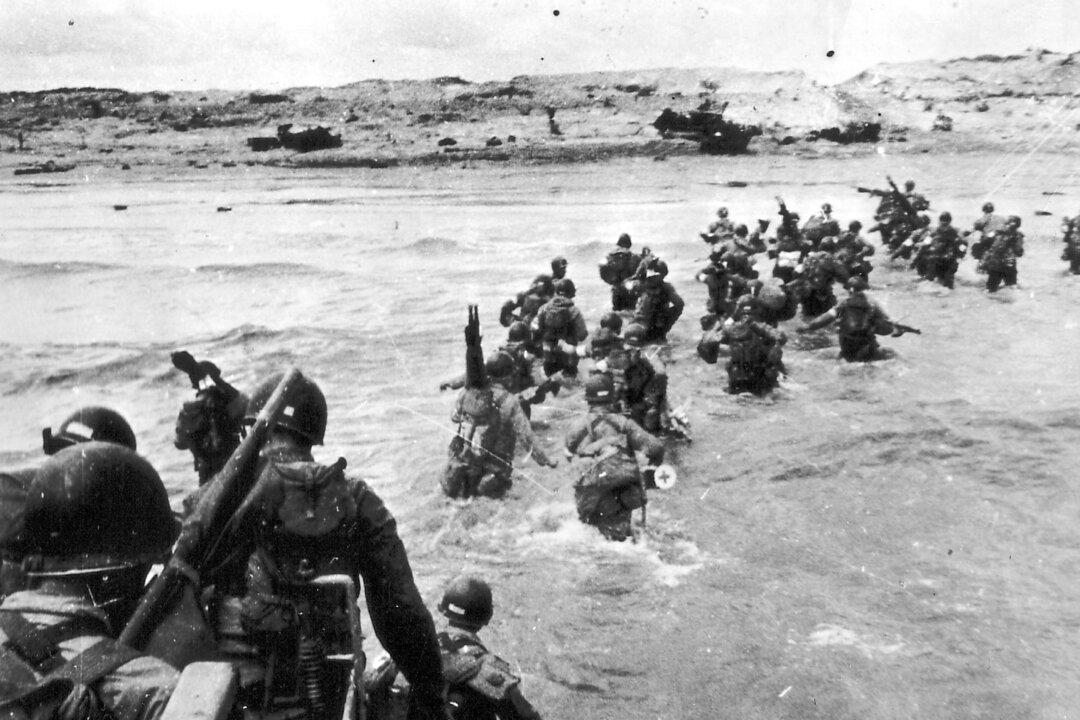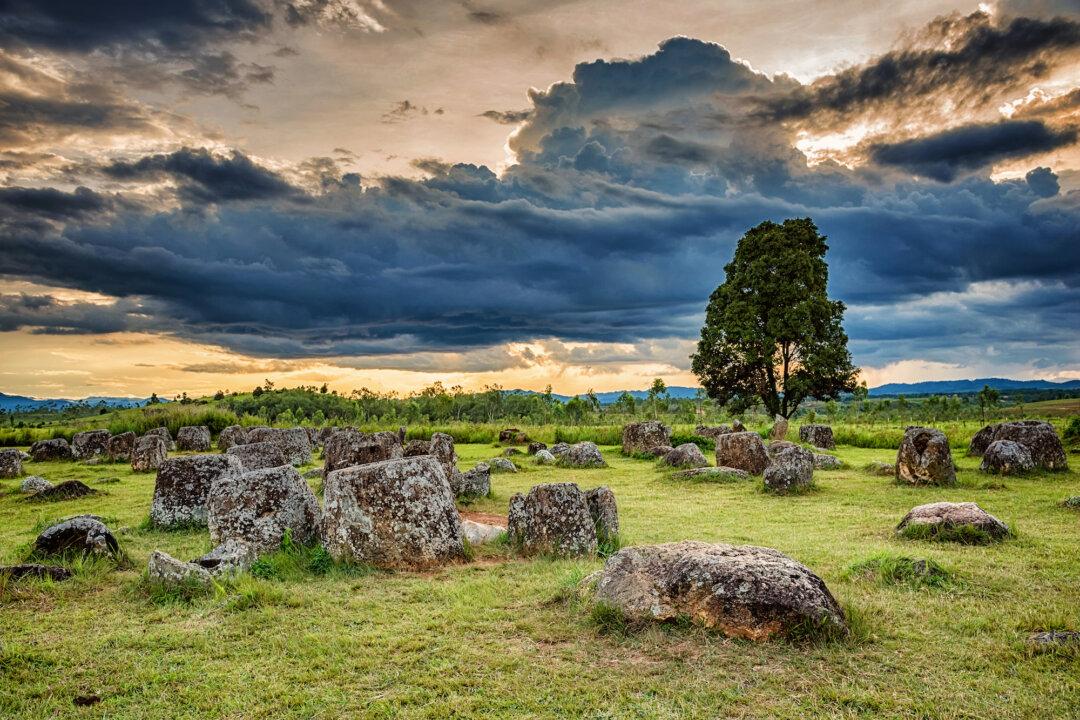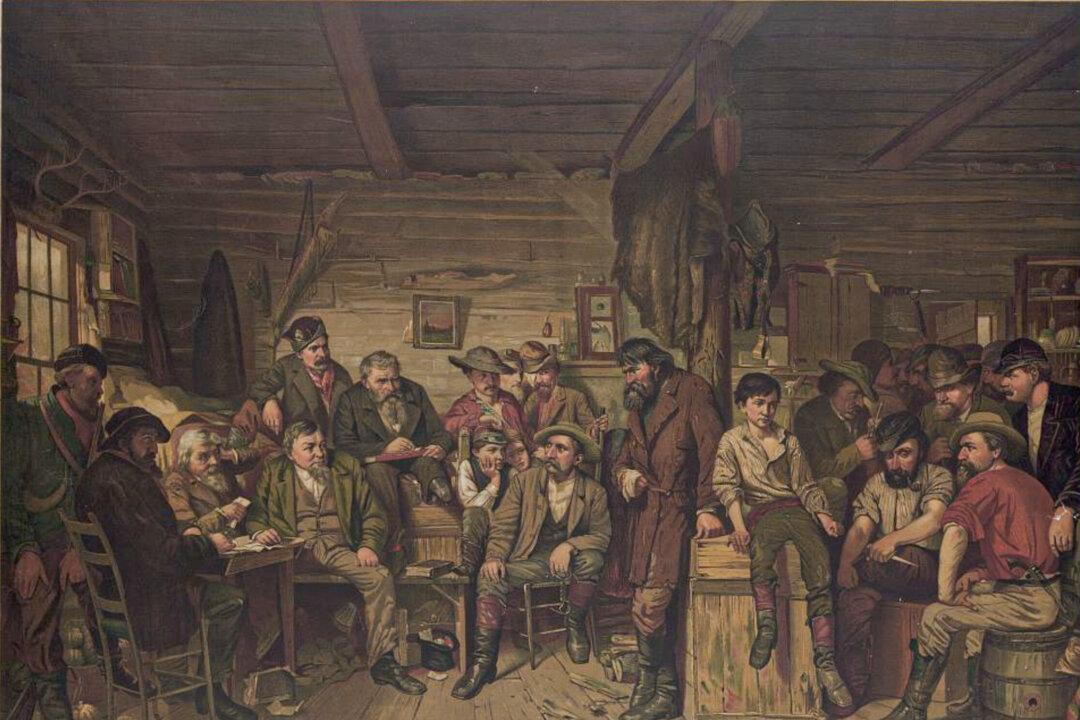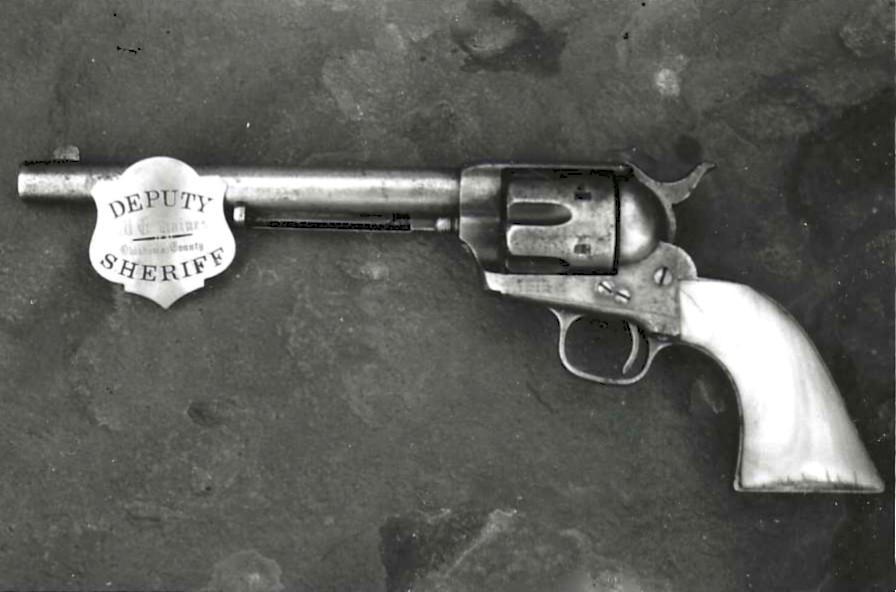A monument stands on Ie Shima (now known as Iejima), off the coast of Okinawa’s main island, honoring a man who fought in World War II with a pen rather than a rifle. His name was Ernie Pyle, a U.S. journalist who found his calling as the preeminent war correspondent of World War II. Pyle was beloved by the troops he wrote about and earned the nickname “The G.I.’s Buddy.”
From 1940 until his death in 1945, Pyle riveted the nation with his personal, straight-from-the-heart tales about hometown soldiers fighting in history’s greatest conflict. Pyle’s success was due to his ability to immerse himself in the day-to-day world of an infantryman and write about him better than anyone. Pyle’s popularity was due to his ability to write from the perspective of the common soldier, explaining how the war affected the man rather than focusing on things such as troop movements. A successful newspaperman and columnist before the war, the one-time Indiana farm boy found his true calling as a combat correspondent during World War II.

